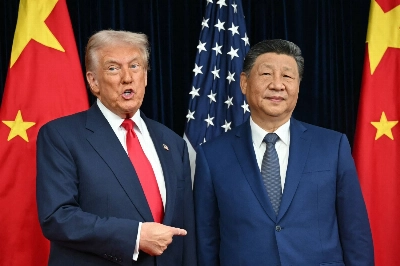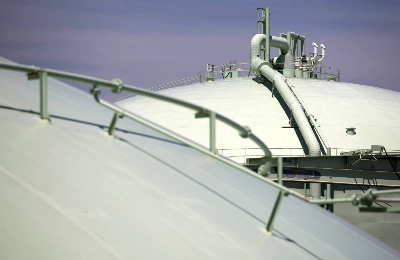The Cabinet Office on May 16 announced that Japan's real gross domestic product (GDP) in the January-March period increased 0.9 percent, or an annualized 3.5 percent, from the previous quarter.
But ordinary households have yet to feel tangible benefits from Prime Minister Shinzo Abe's economic policy, the main component of which is massive monetary easing by the Bank of Japan. Growth in part was boosted by brisk stock transactions attributable to the Abe administration's economic policy.
The government should keep in mind that unless wages and employment increase, it cannot claim that the Japanese economy is undergoing a steady recovery.
















With your current subscription plan you can comment on stories. However, before writing your first comment, please create a display name in the Profile section of your subscriber account page.